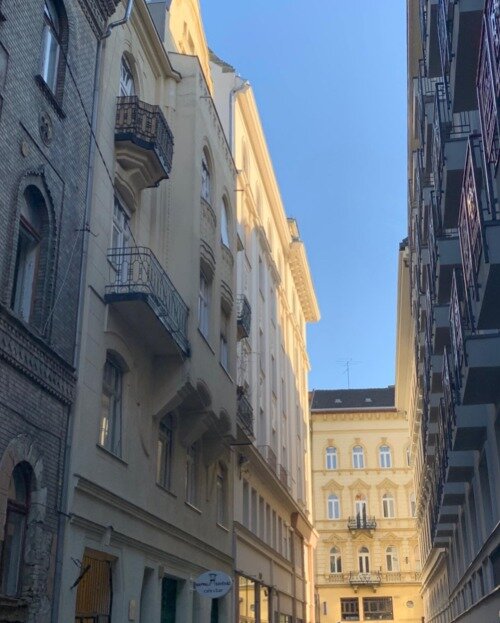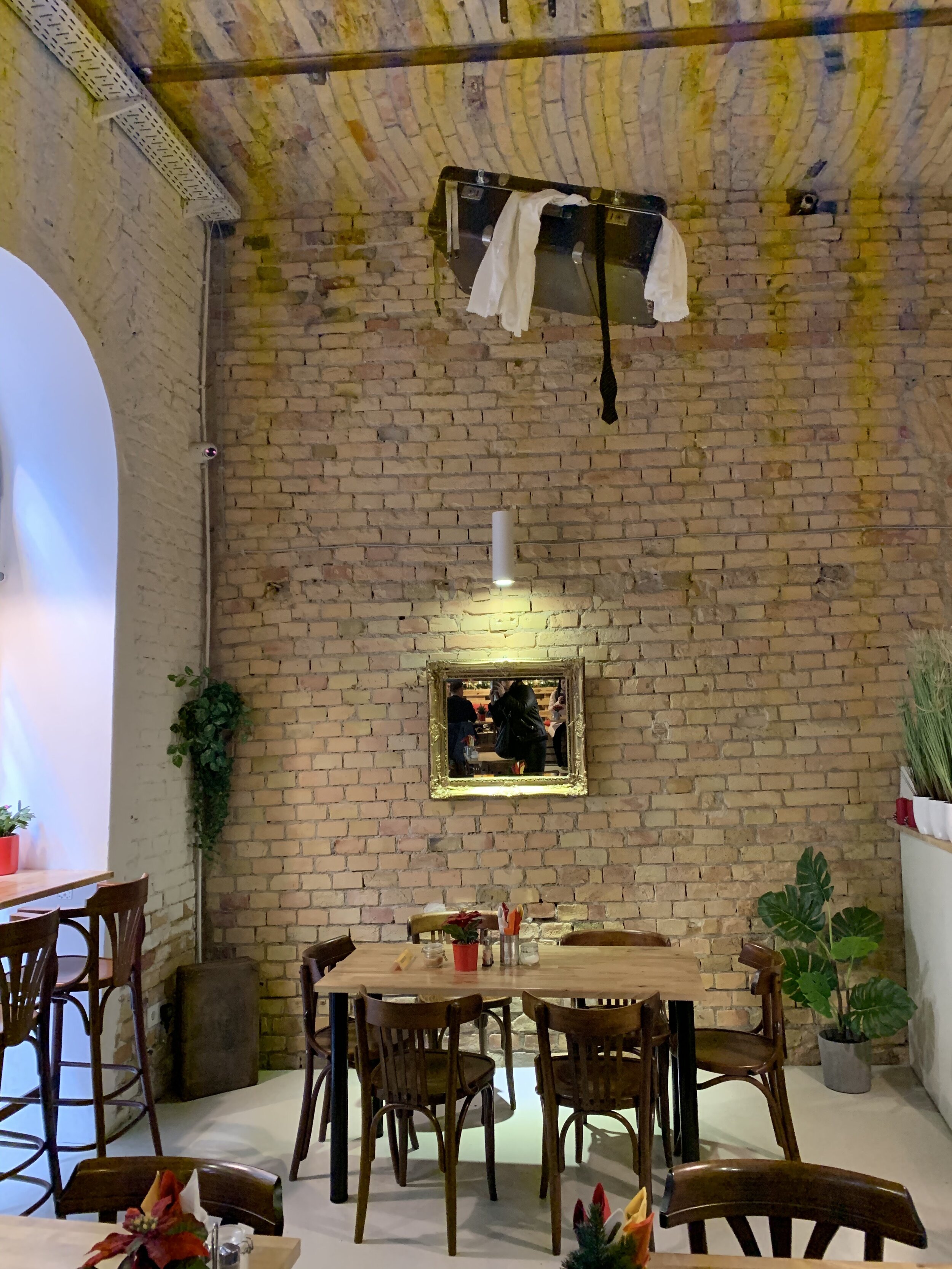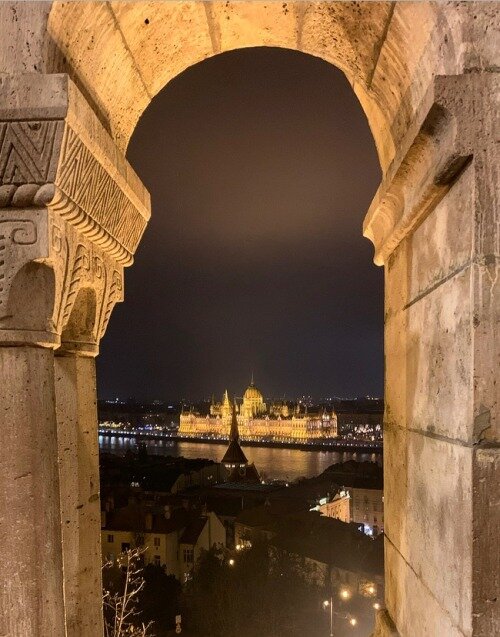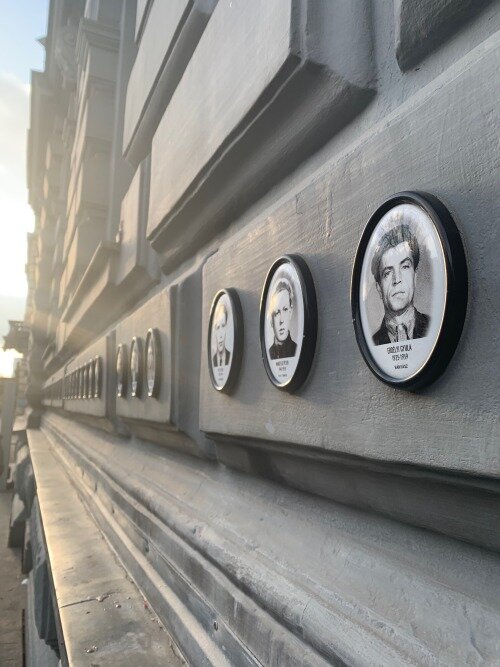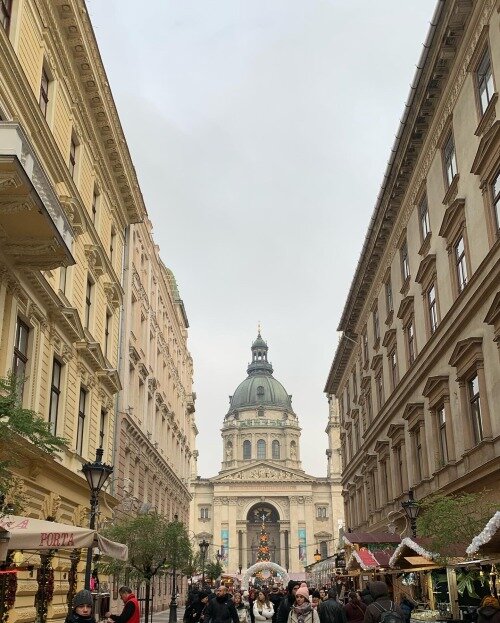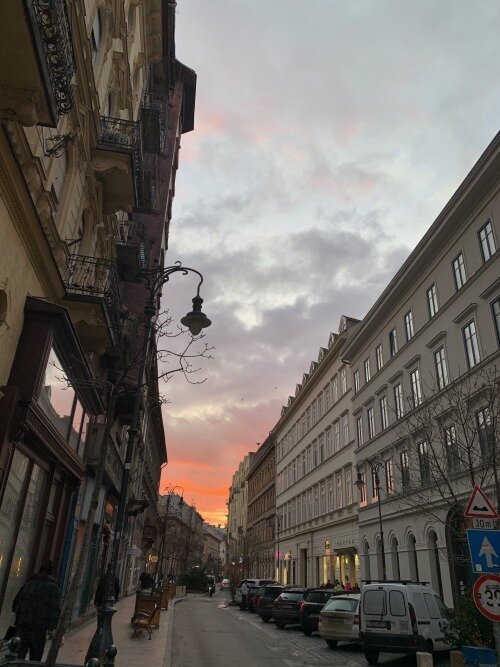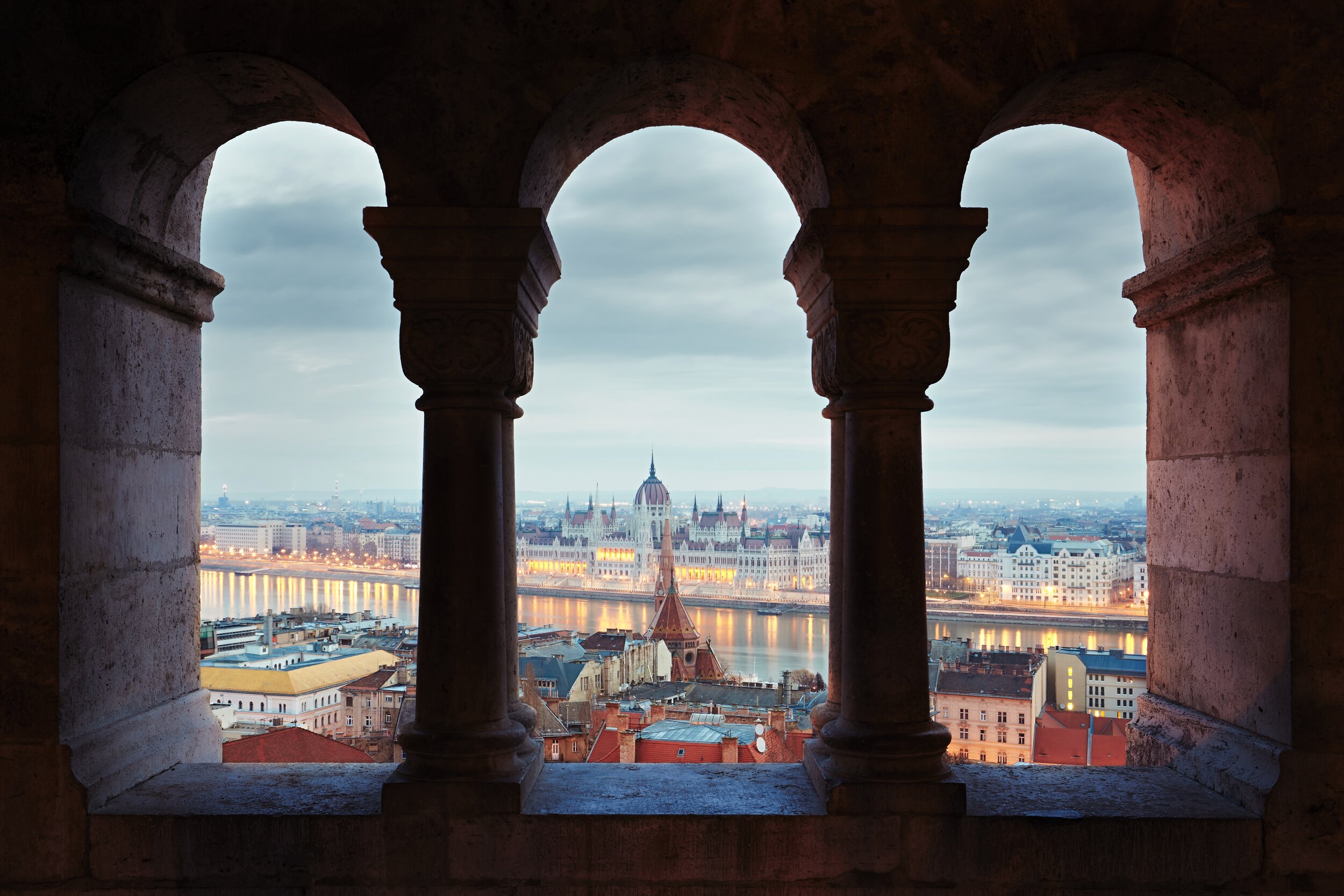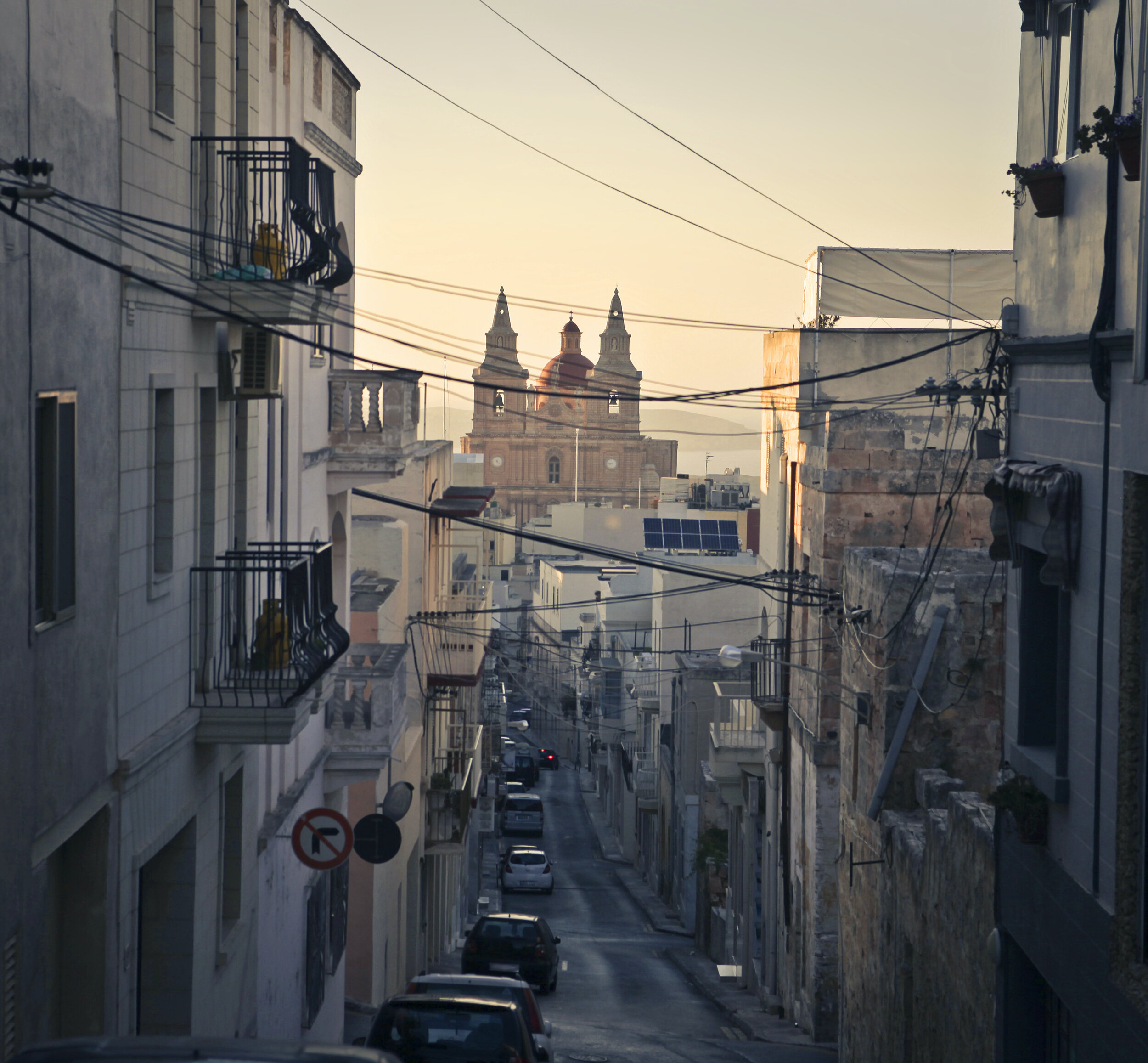Budapest’s Glory and Gore
Everywhere you go and everyone you meet has a story to tell; it’s just a matter of asking to hear it.
No one and nothing goes unscathed in this world and so we all have our own tales of how we took our current forms, no matter how misshapen they might be or how indistinguishable we might appear in comparison to who we once were. We exist in constant expression of that story, and even if we don’t share it with others outrightly, everything we do is a window to it.
Places are no different. They are the way they are – their appearance, mood, sound, smell – as the momentary cumulation of a story that is being written and rewritten every day. Places are interesting because of how differently they can be experienced from one person to the next; their stories are highly dependent on who tells them. But what’s special about the story of a place, I think, is how long and winding those tales can become. Places traverse human lifetimes, so the epic can go on forever. At least for as long as people continue to go there, and for as long as they care to ask.
So the process of getting to know a new city and a new person are one and the same. It’s a matter of paying attention to the narrative details, piecing the story together bit by bit. Often all it takes is asking the right questions. What happened here? How did you end up like this? What was the best thing to every happen to you? What was the worst?
Budapest is a pretty place, but not all of these questions inspire pretty answers. In all its beauty, the city has visible scars; the lingering glory of a golden age, but the wear of a past so painful and taxing that it could never be painted over. Highest highs, indicated by the intricate design of most buildings that locals admittedly forget to notice; lowest lows revealed by the bullet holes that still mark the stone. Budapest is not unique in this; it is not the only European capital to have been ravaged by the World Wars and extreme regimes of the twentieth century. But Budapest does a particularly remarkable job of telling its story explicitly. Monuments punctuate the city with reminders of the horrors and triumphs that once unfolded there, not shying away from its story as so many of us do, despite including death and violence and fear. The House of Terror Museum reimagines the fascist and communist regimes that grasped hold of and shook the country and continent, taking visitors’ breath away just the same. Its displays poignantly communicate the tough truth that not one soul escaped this brutal history unscarred.
But Budapest’s story is not at all dark; the same places that once hosted violence and faced destruction can now be the venues for cheerful Christmas markets and slow strolls in the Saturday sun. The buildings at the foot of which some faced unthinkable tragedy are carved to perfection, echoing the city’s prior reign as a glittering Austro-Hungarian gem of arts and culture. The same street corners where parades marched and protests erupted are now spots where people meet best friends, have birthday parties, build favourite childhood memories, kiss new loves, receive good news. Budapest is more than history and goulash. The city centre is busy with laughter and chatter and life, not a solemn shell haunted by the ghouls of its past. Locals are acutely aware of what transpired in their home, not many generations before, and preserve that memory reverently; but they also continue writing a new story, in which the city might be called one of Europe’s most worthwhile hidden gems. It’s not short of trendy, modern corners amid its classically beautiful streets, where you can sip Ethiopian filter in too-cool-for-you coffeehouses by day or taste ten types of craft IPA by night. It makes for a fantastic Saturday night as well as a sobering Sunday morning. There is plenty to see, do, taste and learn (see below), but overall, take this piece of advice if you ever find yourself in Budapest: tune into its knack for storytelling, and make a point of asking for multiple versions of its story. Trust me, it’s one worth hearing.
Budapest’s Best
Sip coffee (I recommend the filter) at Espresso Embassy and people watch locals and tourists.
Wander around the Christmas markets scattered throughout the city; my favourite is the one at the foot of St. Stephen’s Basilica. Go hungry – I’ve never seen a market serve so much food.
Catch a view of Buda from the banks of the Danube on the Pest side of the river, and a view of Pest from Buda Castle and Fisherman’s Bastion.
Stop at Lion’s Locker, a family-owned bag drop-turned-brunch restaurant serving up great coffee and legendary bagels where you can also leave your luggage while in transit.
Join the mostly-foreign but fun crowd at Szimpla, a venue fashioned in an abandoned apartment complex with winding corridors, eclectic décor, and multiple bars. Worth a night out, whether you’re smoking shisha in a bathtub, squeezing onto the end of a table to eat your chips, or parading your drinks through the house-party-esque throngs of people.
Visit the House of Terror museum, and learn the sobering history of the city in the very place where the communist regime held and tortured its prisoners.
